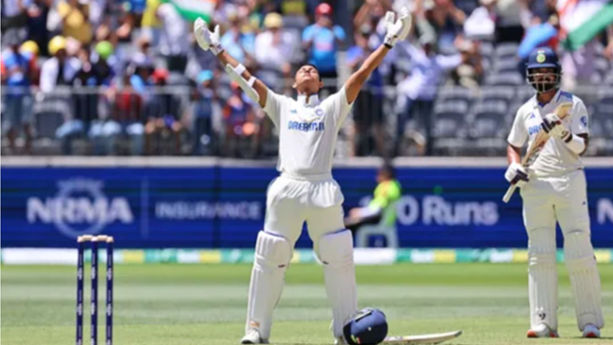There is good news for the people of Delhi as the pollution level in the capital has slightly reduced on Sunday morning compared to the last three days of the week. This indicates that the situation, which was very concerning until Saturday evening, became ‘less worrying’ on Sunday morning. Meteorologists attribute this improvement to a sudden change in wind speed and direction.
At 7 am on Sunday, the city’s Air Quality Index (AQI) was measured at 290. Typically, the 24-hour average comparative AQI of the city is measured at 4 pm. Delhi’s AQI was recorded at 319 last Saturday evening, lower than 405 on Friday and 419 on Thursday. Air quality conditions in surrounding areas such as Ghaziabad (275), Gurugram (242), Greater Noida (232), Noida (252), and Faridabad (318) were also reported to be poor.
The AQI scale classifies air quality into different levels: good (0-50), satisfactory (51-100), moderate (101-200), poor (201-300), very poor (301-400), severe ( 401-450), and severe Plus (above 450).
In response to this reform, stringent restrictions imposed by the Center have been lifted, including a ban on specific construction activities and the entry of polluting trucks in Delhi. These actions represent Phase IV, the final phase of the Graded Response Action Plan (GRAP), aimed at reducing air pollution.
The Commission for Air Quality Management (CAQM) in the National Capital Region and surrounding areas, which is responsible for formulating pollution control strategies, directed Delhi and NCR states to cancel the emergency measures. However, restrictions on non-essential construction, mining, stone crushers, diesel generators, and specific vehicle restrictions continue under Phases I, II and III of GRAP.
According to the CAQM statement, as per the latest forecasts of the India Meteorological Department/Indian Institute of Tropical Meteorology, there is no significant projected deterioration in the overall air quality of Delhi-NCR in the coming days.
Recent joint research by the Delhi government and the Indian Institute of Technology (IIT), Kanpur, showed that the contribution of vehicular emissions to the capital›s air pollution was about 45 per cent on Friday, which came down to 33 per cent on Saturday.
Additionally, secondary inorganic aerosols such as sulphate and nitrate, resulting from the interaction between gases and pollutants from different sources, have emerged as another significant contributor, accounting for 19 to 36 per cent of Delhi›s recent air pollution.















